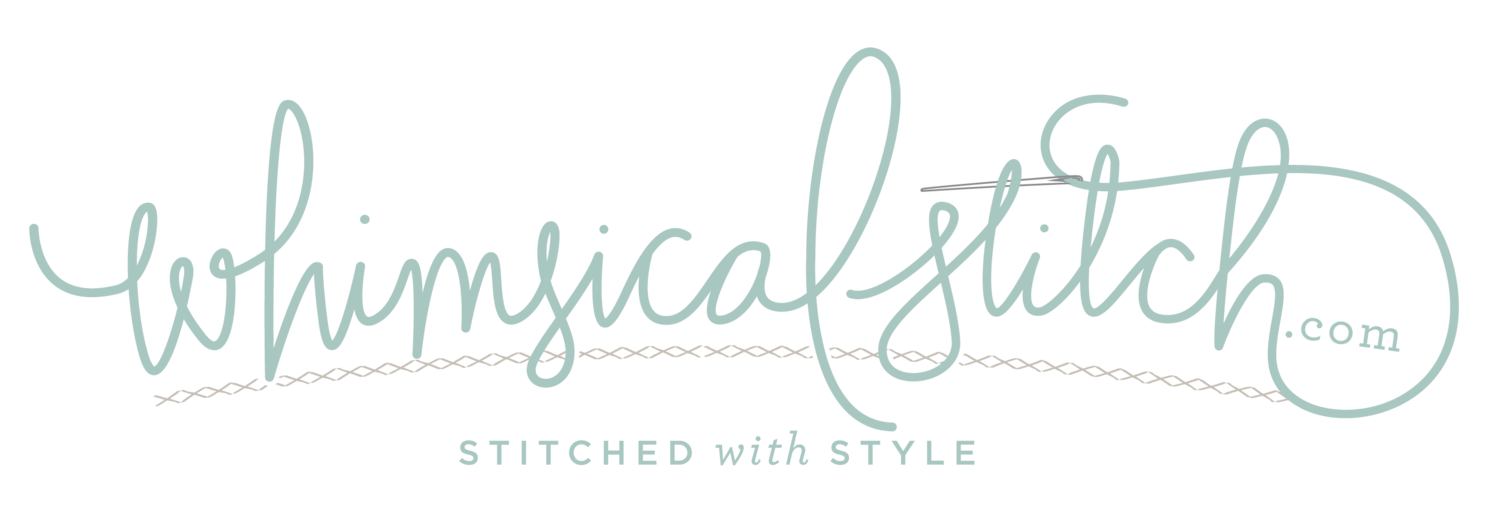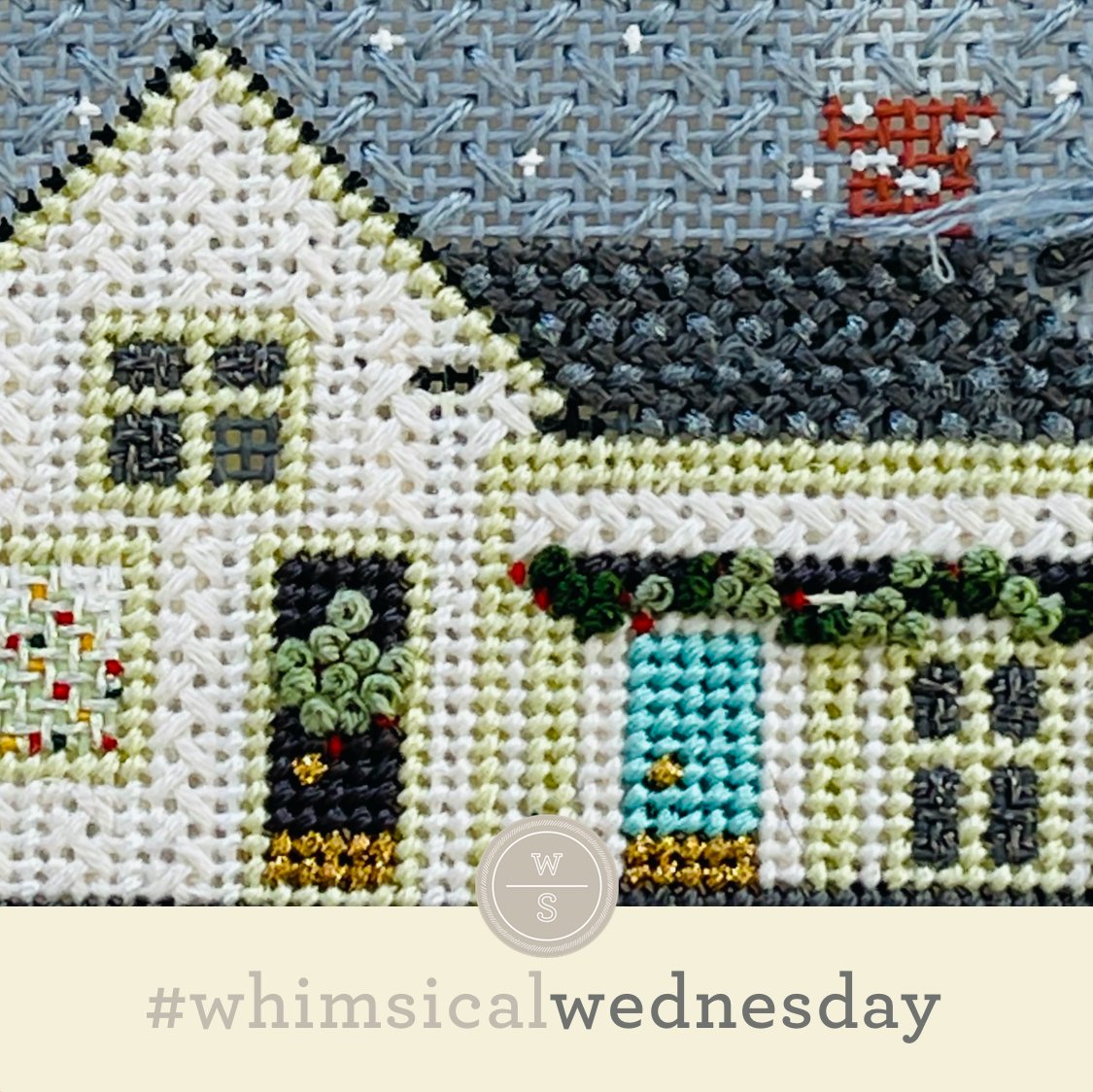And it will be worth it. The end result is a beautiful lattice that is the perfect background for a large basketweave project.
Today’s stitch was inspired by a Two Sisters mini shift. I called up Don Lynch (who manages Two Sisters) and asked him for the proper name of the pattern. After he stopped laughing, he said, “it’s counting out a lattice to fit within a mini shift.” And, voila, we have a name. (I own the fact I make up many stitch names out of whole cloth, but I do try to find out if there is a proper name. And, my favorite stitch names are exactly like today’s….made up out of whole cloth BUT with a good story behind it.)
As the title states, there is a lot of counting. Sometimes, I stitched a full diamond or hexagon and then added subsequent shapes from there. Other times, I would follow a diagonal path (three rows wide) for a while and then add the offshoots. It depended on my mood and attention span at the time. I also found it helpful to identify counts of shapes and between shapes to keep me on track. For example, the outside edge of the long sides of the hexagons are nine rows long. Another important count for me was the three rows in between the lower corners of a horizontal hexagon and the upper corners of nearby vertical hexagons. Those are what worked for me. You may find your own counts or use mine. As you can see by the photo on the far right, I certainly think it was worth the effort.
The stitched sample is five plies of Splendor on 13M. The resulting size of this stitch on canvas surprised me, but I absolutely love it. It is the perfect background to offset the basketweave used on the remainder of the project.
This stitch diagram, along with all other #whimsicalwednesday and #smallspacesunday stitch diagrams, can also be found on a Pinterest board here. Be sure to follow whimsicalstitch.com on Facebook, Pinterest, Instagram, and Twitter.
IIf you like what you see on this blog, there's more: Mary’s Whimsical Stitches Volume 1 is a contemporary how-to collection of more than 250 stitches for stitchers regardless of skill level. The book includes updated and sequenced diagrams from this blog, all-new stitches, and a chapter on the basics of needlepoint; Mary’s Whimsical Stitches Volume 2 features chapters on Balanced, Beading, Diagonal, Layered, Oblique, Small, and Straight stitches.
Also, you can download for free the first chapter from my first book which covers basic needlepoint stitches and stitch compensation techniques along with new top-line information on needlepoint materials and tools, how to handle threads, and other helpful needlepoint resources.
whimsicalstitch.com also sells Stitch Guides and Stitch Concepts for Melissa Shirley Designs, Zecca Designs, Sandra Gilmore, Purple Palm, Maggie, and Penny MacLeod, and many more. Click here to see the newest guides and click here to see the entire collection.
I hope you have the perfect spot for this stitch! Please enjoy! Have a wonderful #whimsicalwednesday!
A Note about Diagrams
I use color in diagrams to make them as clear as possible. The primary function of different colored lines is to illustrate a stitch sequence. For example, layering of colors demonstrates you add them in that order. They can also provide ideas on how to integrate additional threads (one line for each color). Or, you can use the same thread for all color lines. That's where I encourage you to use your imagination for the space you are stitching!





























